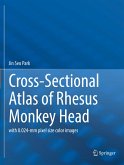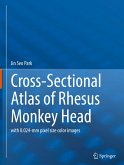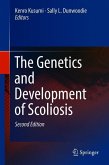During development two strongly interrelated processes can be discerned in the central nervous system (eNS), namely morphogenesis and histogenesis. Most neuroembryological studies deal with histogenetic features virtually with out any morphological elucidation. It must be stressed, however, that histogen etic investigations should be based upon a thorough knowledge of morphogene sis. This holds especially for the forebrain, which during development is sub jected to drastic transformations, particularly when only two-dimensional sec tions are used. Therefore the present study on morphogenesis forms the first part of a research project on the ontogenesis of the brain in the rhesus monkey. The second part (Gribnau and Geijsberts 1984) will deal with the early histogene sis of the forebrain. The first recognizable precursor of the eNS in vertebrates is the neural plate, which, after the formation of the germ layers, is induced in the ectoderm. The lateral margins of the neural plate start to rise, forming a neural groove. Eventu ally, they meet dorsally in the midline and fuse, resulting in the formation of the neural tube. The ultimate sites of closure at either end of the neural tube are called the anterior and posterior neuropores. Before the closure of the anterior neuropore, which precedes that of the posterior neuropore, the anlage of the eNS can be divided into a narrow elongated caudal part, the future spinal cord, and a wider rostral part, the precursor of the brain.
Bitte wählen Sie Ihr Anliegen aus.
Rechnungen
Retourenschein anfordern
Bestellstatus
Storno









